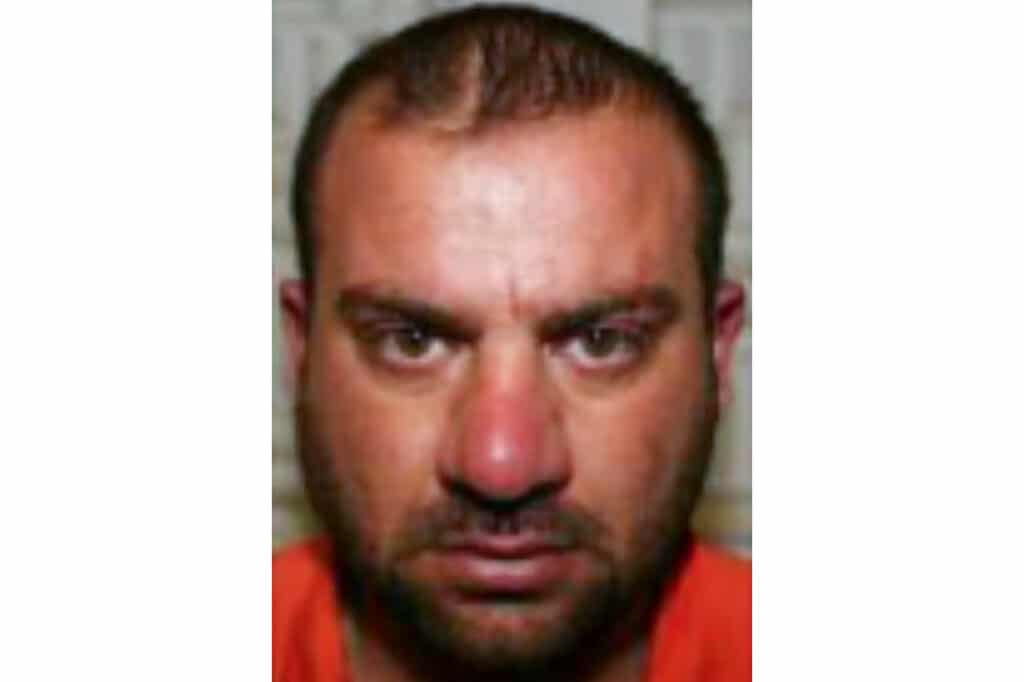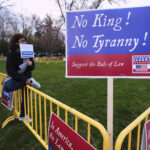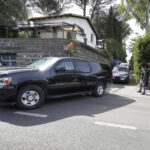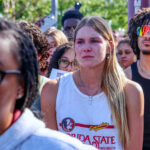A U.S. raid just killed Abu Ibrahim al-Hashimi al-Qurayshi, who took over command of IS after the U.S. killed his predecessor, Abu Bakr al-Baghdadi in 2019. The mission was launched after IS started intensifying its attacks. The Associated Press has the story:
Abu Ibrahim al-Hashimi al-Qurayshi ‘was the driving force behind the genocide of the Yazidi people’
BEIRUT (AP) — The leader of the Islamic State group killed in a U.S. raid overnight in northwest Syria was largely a mystery, with almost no known photos, never appearing in public or in the group’s videos.
He met his end in the same rebel-held Idlib province where his predecessor, Abu Bakr al-Baghdadi, was hunted down by the Americans more than two years ago, some distance from the main theaters in eastern Syria and Iraq where the group once held vast swaths of territory in a self-declared “caliphate.”
A veteran militant since the U.S.-led invasion of Iraq in 2003, he took the name Abu Ibrahim al-Hashimi al-Qurayshi when he took over command of IS after al-Baghdadi was killed in the October 2019 raid. It was up to him to lead the group’s remnants as they regrouped following the downfall of their caliphate and shifted underground to wage an insurgency in Iraq and Syria.
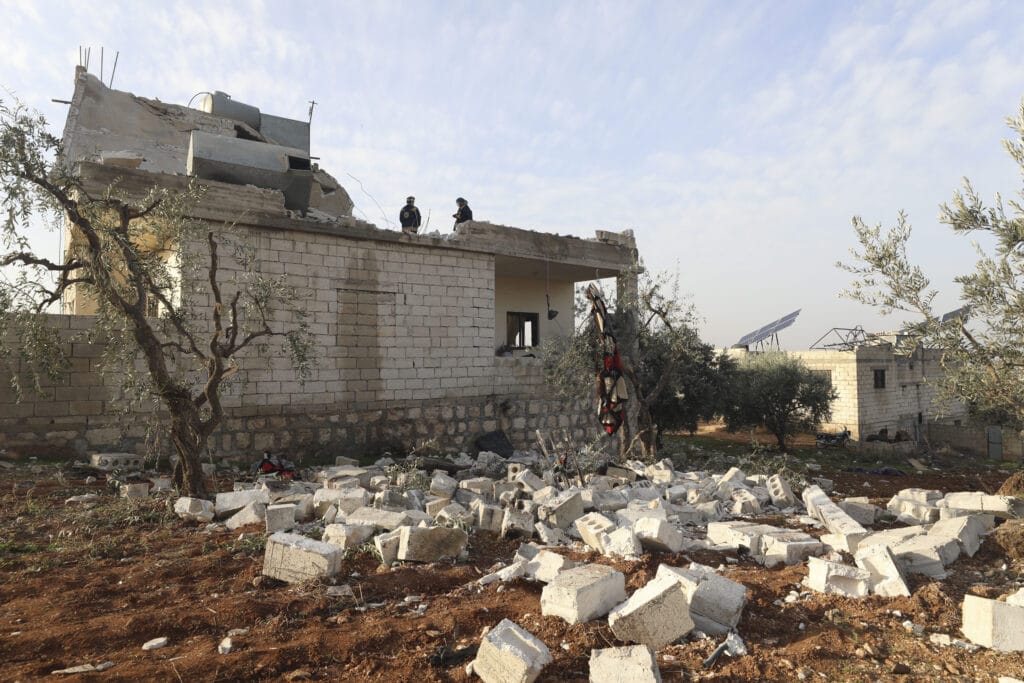
His death comes as IS militants, after years of low-level hit-and-run ambushes, had begun to carry out bolder, higher profile attacks. Last month, IS attacked a prison in northeast Syria to free jailed comrades, leading to a 10 day battle with Kurdish-led forces that left some 500 dead.
President Joe Biden said al-Qurayshi was directly responsible for the prison strike, as well as the mass killings of the Yazidi people in Iraq in 2014.
“He was responsible for the recent brutal attack on a prison in northeast Syria … He was the driving force behind the genocide of the Yazidi people,” Biden said Thursday. “We all remember the gut-wrenching stories, mass slaughters that wiped out entire villages, thousands of women and young girls sold into slavery, rape used as a weapon of war.”
It is unclear whether al-Qurayshi’s death will break the group’s momentum.
Aaron Y. Zelin, a senior fellow at the Washington Institute for Near East Policy, said he doesn’t think al-Qurayshi’s death will make much difference and that it’s likely IS already has someone in mind to replace him.
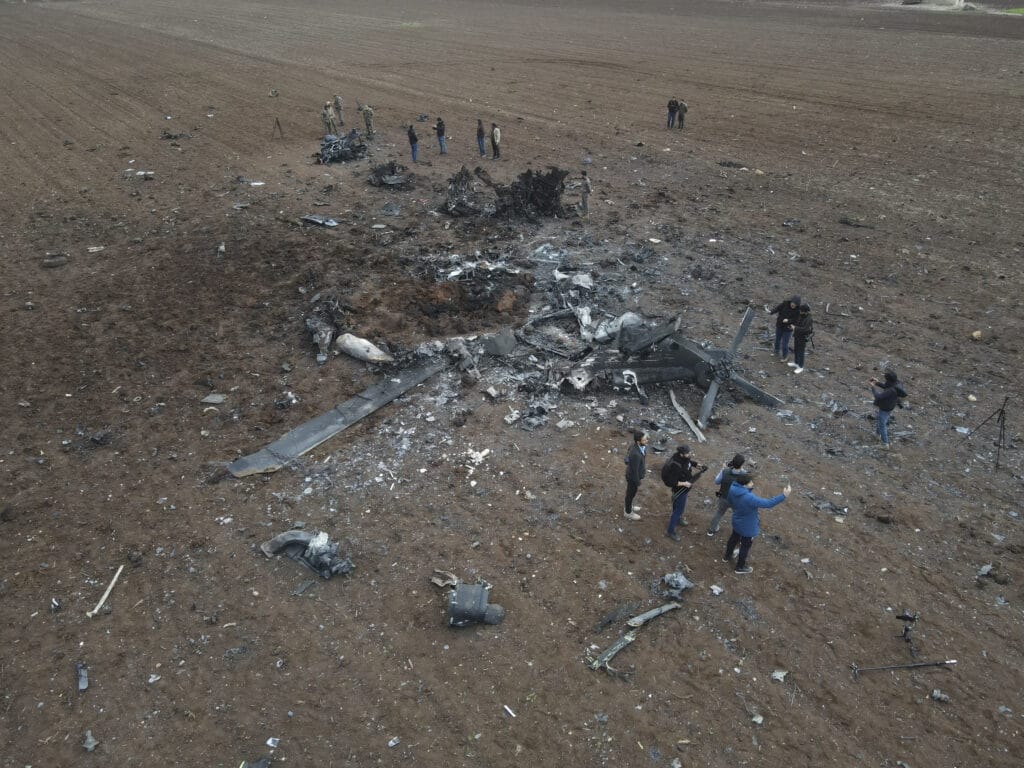
“It’s an organization not focused on charismatic leadership, but ideas, which is why its leaders have been pretty low-profile,” said Zelin. “I think the IS machine will continue with whoever the new leader is.”
Al-Qurayshi’s real name was Amir Mohammed Saeed Abdul-Rahman al-Mawla. He was an Iraqi in his mid-40s, born in 1976 and believed to be an ethnic Turkman from the northern Iraqi town of Tel Afar. He held a degree in Islamic law from the University of Mosul.
His adoption of the nickname al-Qurayshi when he became IS’s “caliph,” suggested that he, like his predecessor, claimed links to the tribe of Islam’s Prophet Muhammad.
Like his predecessor — who was killed in the village of Barisha only about 24 kilometers (15 miles) away — al-Qurayshi spent his last days in Idlib province, an area held by insurgent groups hostile to IS.
He was staying in a three-story house in the town of Atmeh, near the border with Turkey. The early Thursday raid on the house killed him and 12 other people, including four women and six children, according to first responders.
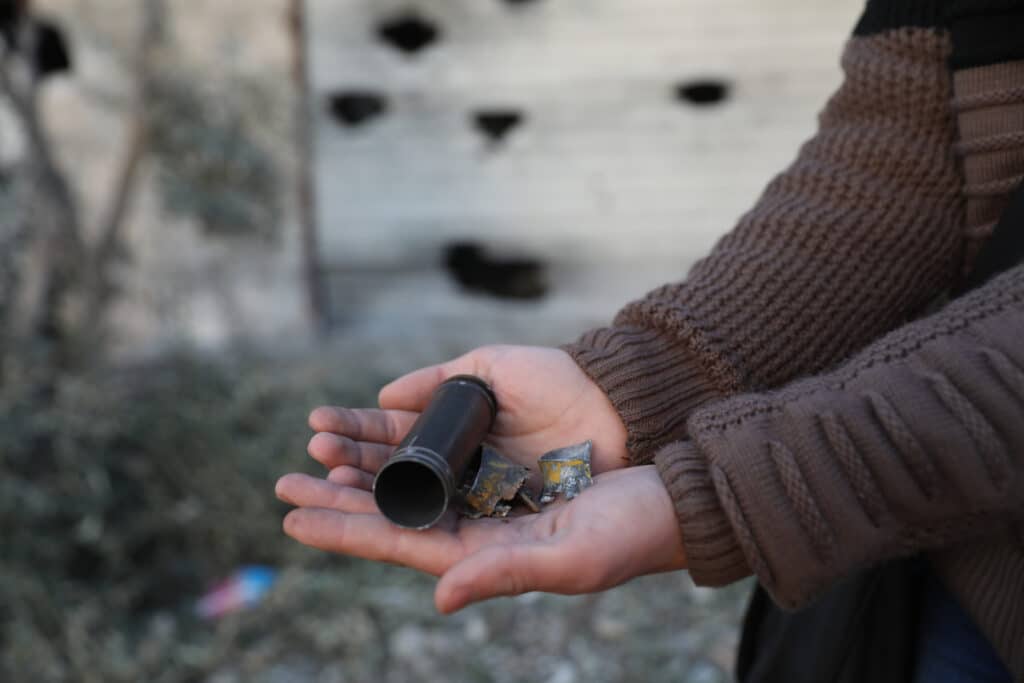
After the raid, few people in Atmeh knew who the family renting the house was. Journalists at the site quoted neighbors as saying that the man who lived on the top floor with his family had earlier identified himself as Abu Ahmad, a Syrian who was displaced by war from Aleppo province. Children’s toys, a crib and religious books, including a biography of Prophet Mohammad, were found in the bombed house.
Idlib province, the last major rebel stronghold in Syria, is home to 3 million people, many of them displaced by the civil war, making it easy for strangers to blend in. The house, surrounded by olive trees, appears to have been chosen by al-Qurayshi to be as far away as possible from the eyes of onlookers.
Around midnight Wednesday helicopters landed in the area carrying U.S. special forces and closed on the house.
“If you don’t leave, we have orders. We will fire missiles toward the house. There are drones overhead,” a man speaking with Iraqi dialect could be heard saying through a loudspeaker. An audio was circulated on social media.
An explosion shook the area later and knocked out much of the top floor.
Videos released by the opposition’s Syrian Civil Defense, also known as White Helmets, showed a paramedic rushing a little girl from the house into an ambulance. A photo of a girl circulated on social media later showing a girl who appeared to be about five with blood on her face.
“They killed my mother and father,” the girl was quoted as telling paramedics who rescued her.
It was not clear if the girl was al-Qurayshi’s daughter.

